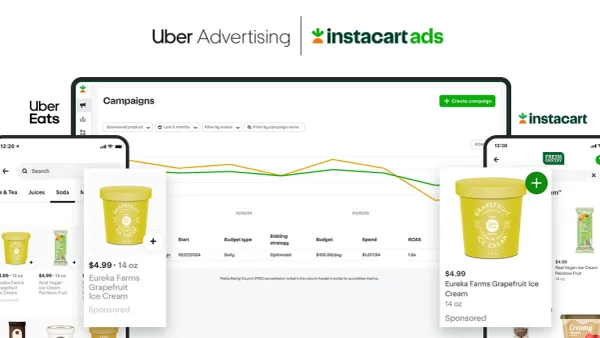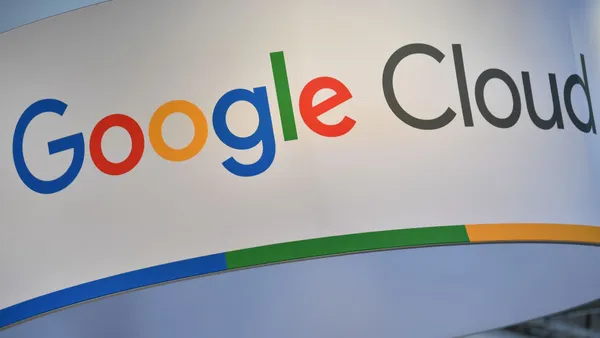The following is a guest piece by Tim Braz, chief revenue officer of Publishers Clearing House (PCH) Media. Opinions are the author’s own.
After years of speculation and numerous delays, Google has finally firmly committed to moving forward with its plans to progressively phase out third-party cookies in 2024 — an impending, seismic shift in the digital marketing landscape. Given that the tech giant will begin to eliminate cookies for 1% of randomly selected Chrome users globally early this month, a move Google said it will take beginning Jan. 4, marketers will soon be navigating uncharted waters and facing immediate challenges, including scale and return-on-investment (ROI) issues that pose an existential threat to their businesses, if improperly managed.
But there’s hope. Marketers who rethink their targeting strategies and attribution methodologies will thrive in the cookieless era. There are three key actions marketers must take now to enable continued growth and emerge even stronger in a future defined by evolving privacy standards.
Don’t wait: Test targeting options now
In anticipation of cookie deprecation, forward-thinking companies have been implementing their own targeting and measurement strategies and solutions for years — from The Trade Desk’s Unified ID Solution 2.0 to Google’s Privacy Sandbox. Testing multiple targeting options before cookies are fully phased out will help marketers ensure scale and security to maintain — or even grow — return on ad spend (ROAS) moving forward.
Marketers can also consider partnering with companies that have zero- and first-party permissioned data on real users, or with DSPs that act as the connective tissue between publishers with relevant ad space and brands looking to reach targeted audiences.
Regardless of approach, it’s important to start preparing now since many companies across the marketing ecosystem have waited until the 11th hour to start testing. It’s time to catch up and implement long-term strategies that will lay the groundwork for a successful future, or risk falling behind.
Prioritize zero- and first-party data
Without the availability of third-party cookies to target their core audiences, marketers must prioritize zero- and first-party data to achieve targeting and ROAS goals and — ultimately — protect brand loyalty by continuing to engage with known existing and prospective customers. Partnering with data providers that adhere to transparent collection practices and supply zero-party data based on registered users — information that consumers willingly and proactively share with businesses — instills trust among customers and protects brand reputation.
Marketers should also consider building their own database of zero- and first-party data to replace the role of third-party cookies in their campaign strategies. Partnering with publishers that offer lead generation campaigns with consumers who opt-in can help marketers gather their own customized data sets.
These strategies give marketers the ability to accurately target and connect with real and relevant audiences despite the industry’s changes.
Focus on the consumer
Consumers are always top-of-mind for marketers, and prioritizing their needs is particularly important when implementing a new, cookieless strategy. Marketers who fail to consider the preferences of their consumer base risk losing business — particularly when it comes to data transparency. According to Publishers Clearing House (PCH) Consumer Insights’ recent report, 58% of Americans aged 25+ are willing to stop interacting with companies that have a bad reputation around data.
Whether voluntarily providing information or opting out of tracking via Apple’s App Tracking Transparency, power is shifting into the hands of consumers and will continue growing moving forward. It’s imperative for brand marketers to prioritize transparent data collection policies to build trust and loyalty, helping customers understand how they can take control of their data.
While there are many uncertainties in the cookieless future, one thing is definite: cookie deprecation will happen, and soon. Marketers must take action now by testing as many solutions as possible, collecting their own zero- and first- party data, choosing partners who provide reliable data and identity solutions and prioritizing data transparency. Zero- and first-party data will power effective targeting and measurement moving forward, and the brands that take steps today will set themselves up for success in 2024 and beyond.














